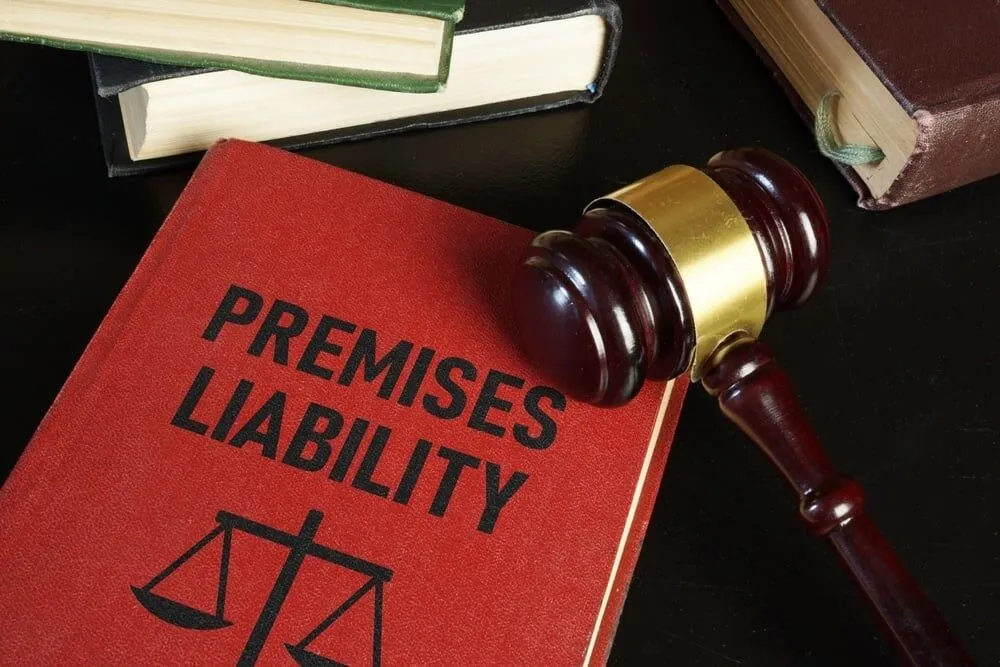In the event of an accident or injury caused by someone else’s negligence, filing a personal injury lawsuit can help you seek compensation for your damages. However, navigating the legal process can be complex and overwhelming. This blog post will guide you through the essential steps involved in filing a personal injury lawsuit and highlight the crucial role a personal injury attorney plays in assisting you throughout the process.
Introduction
Sustaining a personal injury can have severe physical, emotional, and financial consequences. When someone else’s negligence or intentional actions cause you harm, you have the right to seek compensation through a personal injury lawsuit. This legal process involves several steps that are essential for a successful outcome.
Understanding Personal Injury Lawsuits
A personal injury lawsuit is a legal action initiated by an injured individual (plaintiff) against the responsible party (defendant) seeking compensation for the damages caused. Personal injury cases can arise from various incidents, such as car accidents, slip and falls, medical malpractice, or defective products.
Step 1: Seeking Medical Attention
The first and most crucial step after sustaining a personal injury is to seek immediate medical attention. Your well-being is the top priority, and obtaining medical care ensures that your injuries are properly assessed, treated, and documented. Prompt medical attention also strengthens your case by establishing a direct link between the accident and your injuries.
Step 2: Gathering Evidence
To build a strong personal injury case, it’s essential to gather evidence supporting your claim. This may include collecting photographs of the accident scene, obtaining witness statements, gathering medical records and bills, and preserving any physical evidence related to the incident. The more evidence you have, the stronger your case becomes.
Step 3: Contacting an Attorney
Navigating the legal complexities of a personal injury lawsuit can be overwhelming. Hiring an experienced Welcenbach Law Offices, S.C. personal injury attorney is crucial to guide you through the process and protect your rights. An attorney can assess your case, provide legal advice, negotiate with insurance companies, and represent you in court if necessary.
Step 4: Preparing the Complaint
Once you’ve chosen an attorney, they will assist you in preparing the complaint, which is the legal document outlining your claims against the defendant. The complaint will detail the incident, the injuries sustained, and the compensation you are seeking. Your attorney will ensure that all necessary legal elements are included in the complaint.
Step 5: Filing the Lawsuit
After the complaint is prepared, your attorney will file it with the appropriate court, initiating the lawsuit. The defendant will be served with a copy of the complaint, officially notifying them of the legal action. The court will then set a timeline for the subsequent stages of the lawsuit marketing for law firms.
Step 6: Discovery Phase
During the discovery phase, both parties exchange relevant information and evidence. This may involve interrogatories (written questions), requests for documents, and depositions (recorded interviews). Discovery allows both sides to gather essential facts and evaluate the strength of their case.
Step 7: Negotiation and Settlement
Many personal injury cases are resolved through negotiation and settlement outside of court. Your attorney will engage in negotiations with the defendant or their insurance company to reach a fair settlement agreement. If an acceptable settlement is achieved, the case will be resolved, and you will receive compensation for your damages.
Step 8: Trial Preparation
If a settlement cannot be reached, your attorney will proceed with trial preparation. This involves strategizing, gathering additional evidence, identifying expert witnesses, and preparing arguments and presentations. Your attorney will ensure that your case is well-prepared and presented effectively in court.
Step 9: Trial
During the trial, both parties present their evidence, question witnesses, and make legal arguments to the judge and/or jury. Your attorney will represent your interests, presenting a compelling case to establish liability and prove the extent of your damages. The judge or jury will then make a decision based on the evidence presented.
Step 10: Post-Trial and Appeal
If the trial results in a favorable verdict, the court will determine the amount of compensation you are entitled to receive. However, if the outcome is not satisfactory, your attorney may explore the option of filing an appeal. The appeals process allows a higher court to review the trial proceedings for errors or legal issues that may have impacted the outcome.
Conclusion
Filing a personal injury lawsuit is a multi-step process that requires careful attention to detail, legal expertise, and effective representation. By following the steps outlined in this article and seeking the guidance of an experienced Welcenbach Law Offices, S.C. personal injury attorney, you can navigate the legal process with confidence and increase your chances of obtaining the compensation you deserve.




